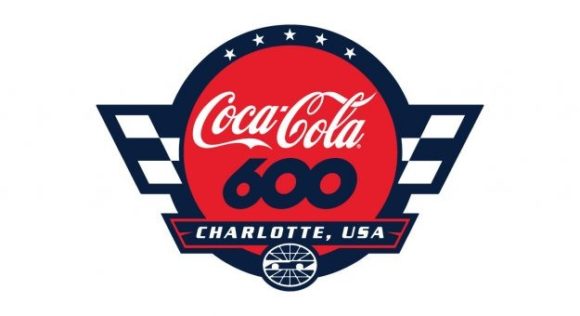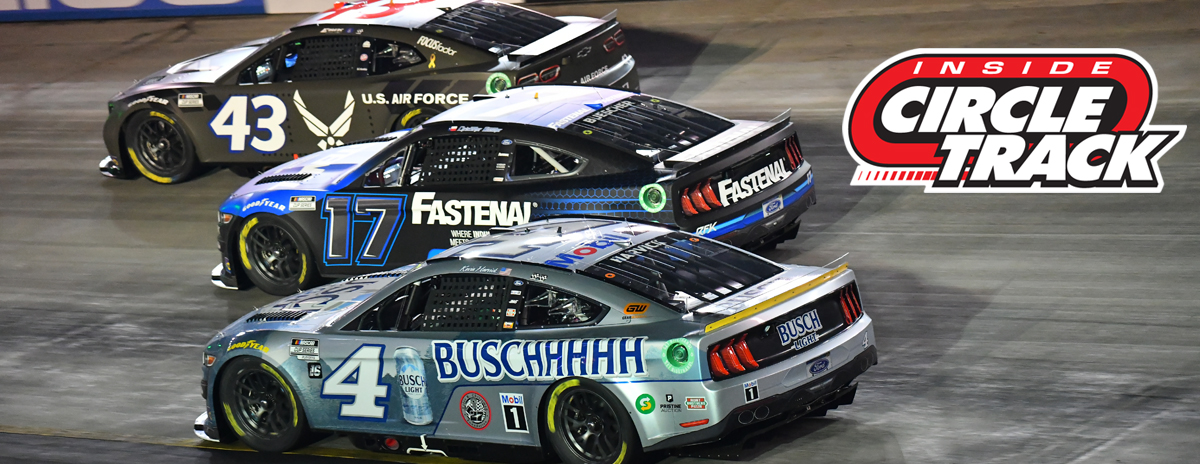
The topic of race distances on the NASCAR Cup Series schedule is one that comes up from time to time in the media and just in general conversations. One thing that is often asked is whether or not the races are too long. And those are meaningful conversations for the current status and the future of this sport.
Many of the race distances were established years or even decades ago during the early history of auto racing. Perhaps because of the Indianapolis 500, many North American events employed the number 500 whether it be for NASCAR or other sanctioning bodies.
This coming weekend, the NASCAR Cup Series will contest the longest event on its schedule when the Coca-Cola 600 takes the green flag at the Charlotte Motor Speedway. This race was first staged in 1960 as the World 600 in an attempt by the stock car racing organization and the then fledgling track to compete with the annual Memorial Day weekend event held at the Indianapolis Motor Speedway. Joe Lee Johnson was ultimately crowned as the winner of that inaugural affair that was actually held in mid June due to construction delays at the 1.5-mile facility.
When thinking of race distances in the modern era, there are a differing set of factors that have to be considered from those of decades ago.
First, one reason for longer races back then was that the distances put the machines to the test. Years ago, mechanical issues were fairly common so completing a longer race distance was part of the challenge of a NASCAR event. In an earlier era, defeating the mileage was just as much of a task as was defeating the other drivers and teams.
In the modern era, the cars in use seem to be virtually bulletproof. Mechanical failures are relatively rare and one almost gets the impression that the cars could race all day and night without significant issue. As a result, covering a longer race distance doesn’t seem to be as much of a factor as in previous seasons.
Second, not only are the cars virtually bulletproof but so are the drivers. Gone are the days in which a pot bellied guy would crush out his cigarette before climbing into the race car. The pilots of today, for the most part, workout with professional trainers and stick to carefully laid out diets. And more, the cars of today are much better equipped in regard to driver comfort. Cool suits, perfectly fitted seats, and power steering have made races less physically taxing than those of the 1970s.
Because of all the physical conditioning and creature comforts mentioned above, it is a rare thing to see a driver have to give way in favor of a replacement. Doing so was somewhat commonplace four or five decades ago. That’s not to say that today’s drivers aren’t getting a workout but physical wear and tear is far less of a factor now than it used to be. So, the idea that long races are meant to test the driver’s endurance may not be nearly as true in the 2020s as it was in the 1960s.
Thirdly, there is a major difference in the attention span of the audience the races are being played to. I know the temptation here is to argue that NASCAR should not cater to millennials, Gen X, Gen Y, or any other Gen just because they can’t sit through a race. But the simple fact is that all sports whether it be the NFL or Major League Baseball are having to do this sort of thing.
And I have to admit that some 500-mile races even challenge my ability to stay attentive throughout, and I have a passion for racing.
But now with all of that said, if you have made this far into this piece, the question of whether or not the Coca-Cola 600 should remain as the Coca-Cola 600 is still on the table.
Despite the arguments I have so far made for shorting some races, the answer to that question is … yes, it should.
There are three races on the NASCAR Cup Series schedule whose distance must always remain the same simply because the race distance is part of the enhancement of the event. The Coca-Cola 600 is joined by the Daytona 500 and the Southern 500 in that category. Those races are too historic and the number attached the name is too much a part of the title.
For example, if NASCAR wanted to shave some distance off the second race at Bristol, I’m not sure it would matter that much. After all, that race’s name doesn’t even contain a number anyway. The races at Talladega essentially boil down to the final 10 laps or so and how many cars will be involved in the big crashes in those closing laps. The outcome would be the same at a distance of 400 miles as 500.
And is anyone really willing to die on the hill of saving the final 100 miles at Texas or Atlanta?
The race distances in the Coca-Cola 600, the Southern 500, and the Daytona 500 are worth fighting for. During his recent media availability, driver Joey Logano pointed out that part of the lure of the Coca-Cola 600 is the 600 part of the name.
“I love that it’s different,” Logano declared during a NASCAR media availability session. “I love that the race is longer than normal, and it’s unique. It sets itself apart. That’s what makes the Coke 600 special, is because it’s different. Just like winning at COTA for the first time or winning the Bristol Dirt Race for the first time. Those races stand out because they’re unique. Well, the Coke 600 is unique in its own way being longer than every other race, so you really want to try to knock off that crown jewel event.”
The other races may be changeable in terms of distance for the reasons mentioned above, but not the so-called crown jewels.
Richard Allen is a member of the National Motorsports Press Association
Respond to this piece on Twitter –> @RichardAllenIDR
or on Facebook –> InsideCircleTrack/Facebook
